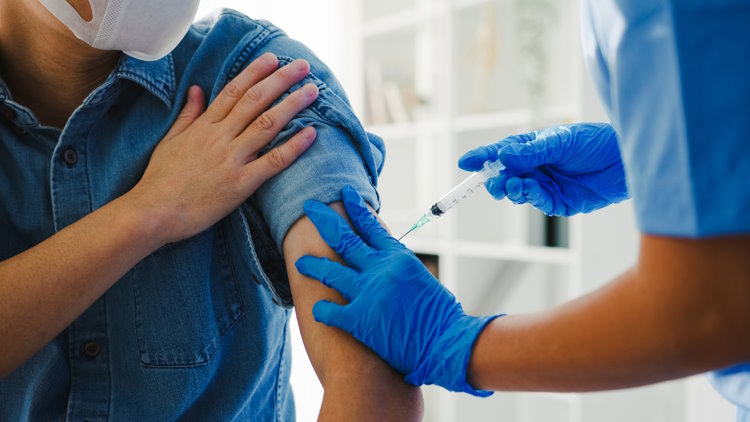Introduction
In today’s world, the spread of misinformation has become a significant challenge, especially when it comes to topics related to public health. Vaccines, in particular, have been subject to numerous myths and misconceptions that can lead to vaccine hesitancy and pose risks to public health. In this article, we will address and dispel some of the most common myths and misconceptions surrounding vaccines. By understanding the facts and science behind vaccines, we can make informed decisions and promote vaccination awareness.
Myth: Vaccines Cause Autism
One of the most pervasive and debunked myths is the claim that vaccines cause autism. We will delve into the origins of this misconception, discussing the flawed study that sparked the controversy. Scientific evidence and extensive research have conclusively refuted any causal link between vaccines and autism, and we will provide a comprehensive overview of the studies and expert opinions that support this conclusion.
Myth: Vaccines Weaken the Immune System
Another misconception is that vaccines weaken the immune system. In reality, vaccines strengthen the immune response by priming the body to recognize and fight specific pathogens. We will explain the science behind vaccines, outlining how they activate the immune system and provide long-term protection against diseases. Drawing upon scientific studies and expert statements, we will demonstrate the safety and effectiveness of vaccines in bolstering immune responses.
Myth: Natural Immunity is Superior to Vaccine-Induced Immunity
There is a belief that natural immunity acquired through illness is superior to vaccine-induced immunity. We will examine the benefits of vaccines in terms of reducing disease severity, preventing complications, and providing long-term protection. By presenting examples where vaccines have effectively eradicated or significantly reduced the prevalence of diseases, we can showcase the power of vaccination in safeguarding public health.
Myth: Vaccines Contain Harmful Ingredients
Concerns often arise regarding vaccine ingredients, such as thimerosal and aluminum. We will address these concerns by providing scientific evidence on the purpose and safety of these ingredients in vaccines. Additionally, we will discuss the rigorous testing and regulatory processes that ensure the safety of vaccines, including extensive clinical trials and post-marketing surveillance.

Myth: Vaccine-Preventable Diseases are Rare or Irrelevant
A common misconception is that vaccine-preventable diseases are no longer a threat in today’s society. However, recent outbreaks serve as a stark reminder of the ongoing importance of vaccination. By presenting statistics and examples, we can illustrate the potential consequences of underestimating the risks posed by vaccine-preventable diseases. We will emphasize the need for continued vaccination to protect ourselves and vulnerable populations.
Myth: Vaccines Provide Immediate 100% Protection
There is a misconception that vaccines provide immediate and absolute protection against diseases. We will clarify this by discussing the concept of vaccine effectiveness and the role of herd immunity. By explaining the need for timely vaccination and adherence to recommended schedules, we can shed light on how vaccines work to protect individuals and communities.
Myth: Vaccine-Preventable Diseases are Mild or Insignificant
Some individuals believe that vaccine-preventable diseases are mild or inconsequential. We will counter this misconception by providing evidence on the serious health consequences and potential complications associated with these diseases. Through real-life stories and data, we will demonstrate how vaccines have played a vital role in reducing morbidity and mortality rates globally.
Myth: Vaccine Adverse Events Are Common and Severe
Concerns about vaccine adverse events often contribute to vaccine hesitancy. We will address these concerns by providing data on the low occurrence of severe adverse events compared to the risks posed by vaccine-preventable diseases. Additionally, we will highlight the robust monitoring systems in place to identify and address any potential side effects, ensuring the continued safety of vaccines.
Conclusion
Dispelling myths and misconceptions surrounding vaccines is crucial for promoting vaccination awareness and safeguarding public health. By examining the facts, science, and extensive research, we can address concerns and provide accurate information. It is important to consult reputable sources and healthcare professionals to make informed decisions about vaccination. Vaccines have played a critical role in eradicating or controlling dangerous diseases throughout history, and by embracing their benefits, we can protect ourselves, our communities, and future generations.












